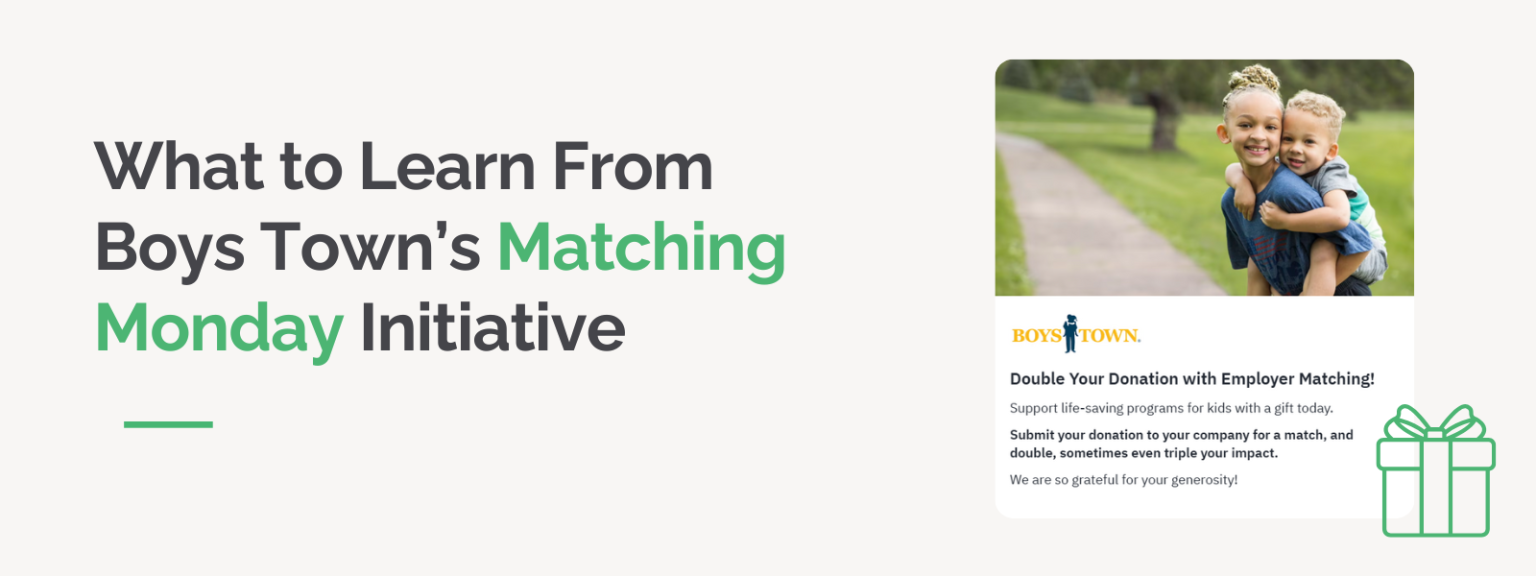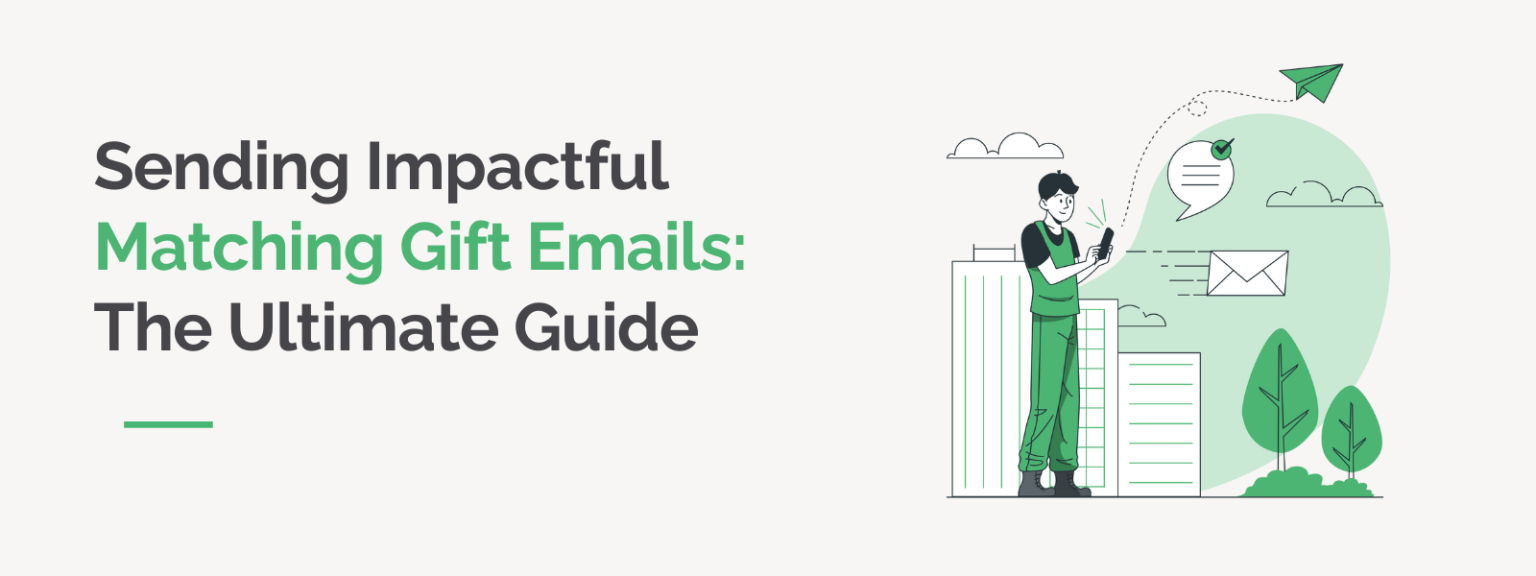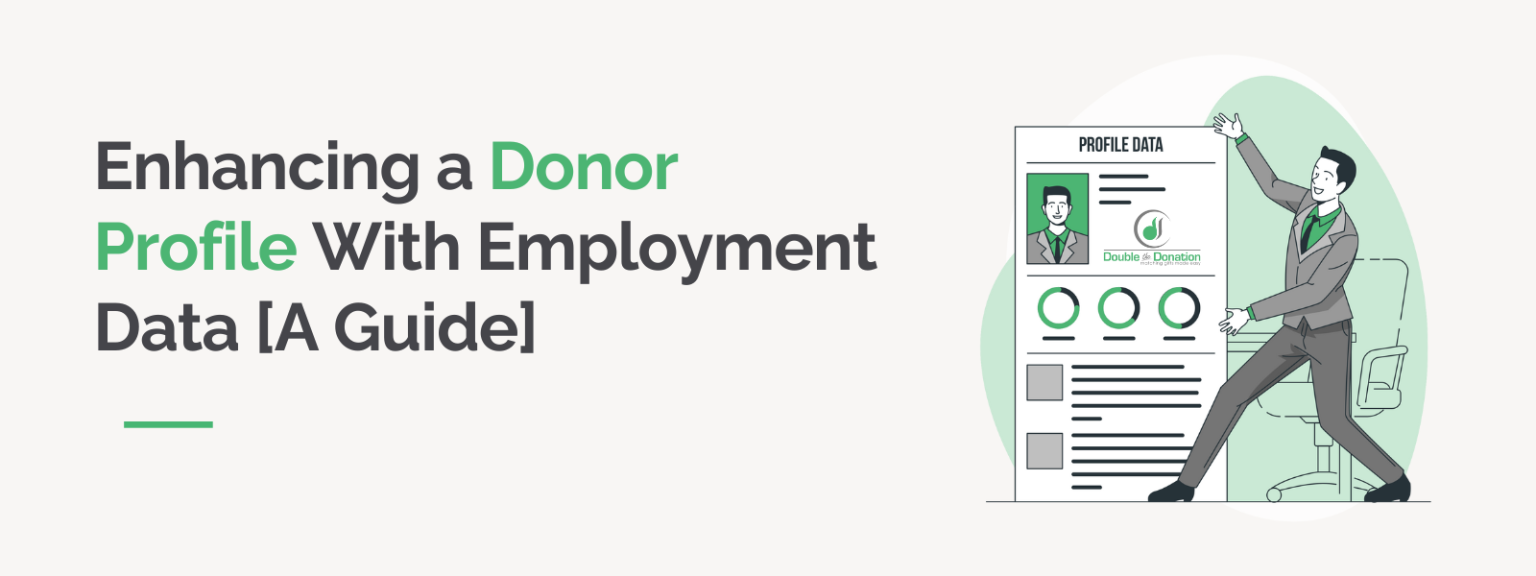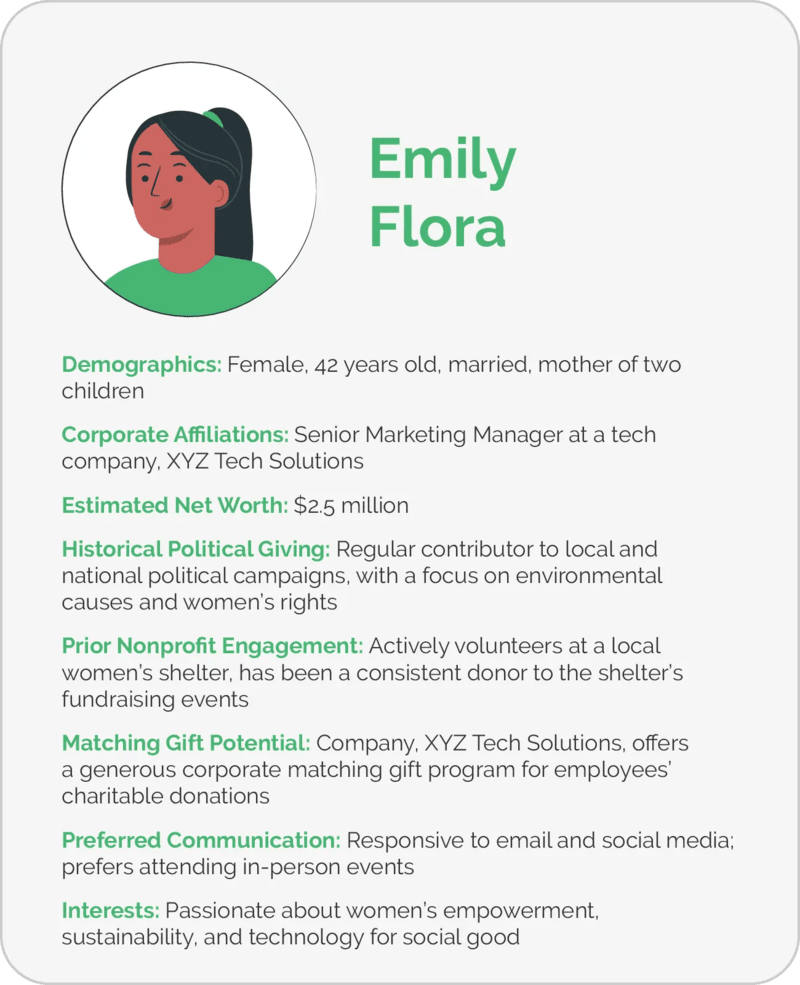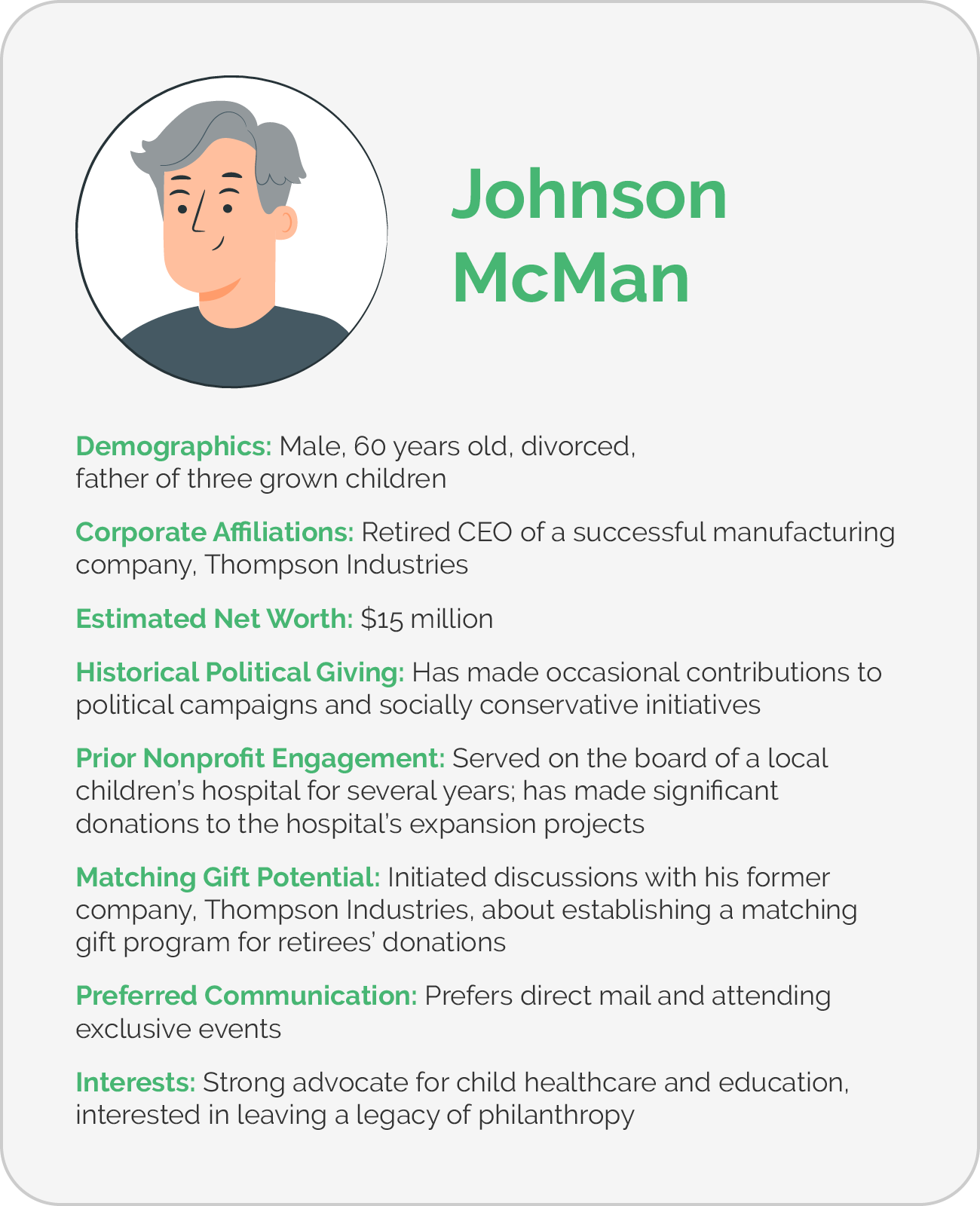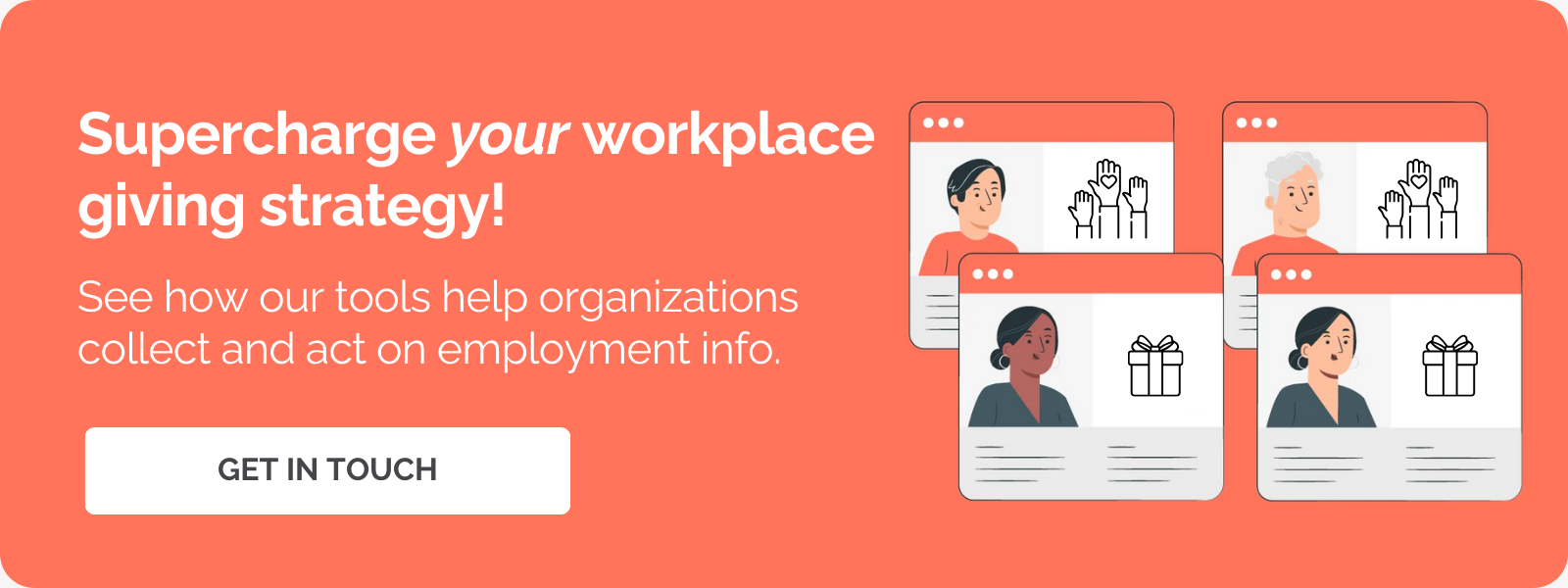Corporate Sponsorship Blurbs: Templates For Success
In the competitive landscape of nonprofit fundraising, relying solely on individual donations is rarely enough to sustain long-term growth. To truly scale operations and maximize impact, organizations must look toward the business sector. Corporate sponsorships are a powerful revenue stream, yet many nonprofits struggle to articulate their needs effectively to potential partners. Whether you are seeking financial contributions through corporate grants or tangible resources via in-kind giving, the way you frame your request can make the difference between a polite rejection and a transformative partnership.
Corporate sponsorship blurbs are pre-written, strategic messages designed to open doors. By integrating these persuasive templates into your website, emails, and social media channels, you can clearly communicate the mutual benefits of partnering with your organization. Corporate sponsorships are not just about charity; they are strategic business partnerships. They offer a unique exchange of value where nonprofits gain essential resources and companies achieve marketing visibility, brand enhancement, or employee engagement goals. Despite these clear benefits, many opportunities are lost simply because the “ask” is not clear or compelling.
In this guide, we’ll cover:
- The strategic value of corporate grants and in-kind donations
- How to market sponsorship opportunities on your website
- Email templates for warm introductions and cold outreach
- Social media posts to attract corporate partners
- Blurbs to empower your donors to advocate on your behalf
- Best practices for securing and stewarding these partnerships
By utilizing these templates, you can professionalize your outreach and position your nonprofit as a valuable partner to the business community.
The Strategic Value of Corporate Partnerships
Before utilizing these blurbs, it is essential to understand what you are asking for and why it matters to your potential partners. Corporate sponsorships generally fall into two categories: corporate grants and in-kind giving. Corporate grants are financial contributions made by businesses to nonprofit organizations that do not require repayment. In-kind giving refers to the donation of goods, services, or resources—instead of cash—to support a nonprofit’s mission.
For nonprofits, the benefits are clear. These partnerships provide increased resources to support programs, staff, and infrastructure. Beyond cash, they offer access to expertise, tools, and technology through in-kind donations that might otherwise be unaffordable. Furthermore, partnering with well-known brands enhances your organization’s credibility and visibility within the community.
However, the value proposition must be mutual. Companies benefit significantly from these relationships as well. Sponsorships enhance brand reputation and public goodwill, which can lead to increased customer loyalty among socially conscious consumers. They also strengthen employee engagement and retention, as employees value working for companies that support causes they care about. When you use the blurbs below, remember that you are offering a solution to a company’s Corporate Social Responsibility (CSR) goals, not just asking for a handout.
Did You Know? Corporate grants and in-kind giving create a powerful “win-win-win” scenario. Nonprofits gain resources; companies strengthen their social impact; and the ultimate beneficiaries (the communities served) receive better access to essential services like healthcare, education, and food security.
Website Blurbs: Your Partnership Hub
Your website is often the first place a potential corporate partner will look to verify your legitimacy and impact. It is crucial to have a dedicated presence that outlines exactly how businesses can get involved. Integrating corporate sponsorship blurbs into your site signals that you are open for business and ready to collaborate.
The “Partner With Us” Page
Create a dedicated landing page for corporate engagement. This page should serve as a menu of opportunities, detailing both grant needs and in-kind wish lists.
Template 1: The General Partnership Hook
Header: Become a Corporate Champion for [Cause]
Body: Does your company want to make a tangible difference in our community? We invite you to partner with [Nonprofit Name] through our Corporate Sponsorship Program. Whether through financial grants to fund our [Specific Program] or in-kind donations of [Specific Goods/Services], your support drives our mission forward.
Value Proposition: In return, our partners receive brand recognition, employee volunteer opportunities, and the knowledge that they are building a better future.
Call to Action: Contact our corporate relations team today to discuss a custom partnership package.
Template 2: The In-Kind Specific Appeal
Header: Turn Your Surplus into Social Good
Body: Your business has resources that can change lives. [Nonprofit Name] accepts in-kind donations of goods and services that help us keep our overhead low and our impact high. We are currently seeking [List 3-4 specific items, e.g., office furniture, consulting services, event space].
Call to Action: Have resources to share? Click here to fill out our In-Kind Donation Form.
Event Sponsorship Pages
If you host galas, 5Ks, or conferences, these are prime opportunities for sponsorship. Use these blurbs to highlight the marketing value of the event.
Template 3: The Event Visibility Pitch
Header: Sponsor the [Event Name]
Body: Align your brand with [Nonprofit Name] at our annual [Event Name]. This event attracts over [Number] community leaders and supporters. As a corporate sponsor, your company will receive logo placement, VIP tickets, and shout-outs during the program. It is the perfect way to demonstrate your commitment to [Cause] while reaching a dedicated local audience.
Call to Action: View our Sponsorship Tiers.
Quick Tip: Use a corporate giving database on your website to help visitors identify opportunities. Double the Donation’s database includes information on corporate grant opportunities, in-kind donation initiatives, and matching gift programs, creating a centralized resource for all types of corporate support.
Email Blurbs: Direct Outreach
Email allows for targeted, personalized communication. Whether you are reaching out to a local business owner or asking a board member to make an introduction, having a script ready ensures your message is professional and persuasive.
The Warm Introduction (Via a Donor/Board Member)
Your existing supporters are your best advocates. Provide them with this blurb to send to their employer on your behalf.
Template 4: The Internal Champion Script
Subject: Partnership opportunity with [Nonprofit Name]
Body: Hi [Manager/CSR Contact Name], I have been a proud supporter of [Nonprofit Name] for [Number] years. I know that [Company Name] is committed to supporting our local community, and I see a great alignment between our values and their mission to [Mission Statement]. They are currently seeking corporate partners for their upcoming [Project/Event]. I believe a partnership could offer us great visibility while making a real impact. Would you be open to a brief introduction to their development director?
Action: Let me know, and I can connect you via email.
The Cold Inquiry (Local Business)
When reaching out to a new potential partner, keep it concise and focused on alignment.
Template 5: The Value-Add Pitch
Subject: Partnership idea for [Company Name] and [Nonprofit Name]
Body: Dear [Contact Name], I am writing to you from [Nonprofit Name]. We have long admired [Company Name]’s commitment to [Specific Value, e.g., sustainability/education] in our community. Coming soon, we are launching a new initiative to [Project Goal], and we believe [Company Name] would be the ideal partner. We are seeking [Grant/In-Kind Request] to help us launch. In exchange, we would love to highlight your generosity to our [Number] newsletter subscribers and social media followers.
Call to Action: Do you have 10 minutes next week to discuss how we can collaborate?
The Stewardship Follow-Up
Once a sponsor has committed, keeping them engaged is vital for renewal.
Template 6: The Impact Update
Subject: Look what we achieved together!
Body: Dear [Sponsor Name], Thanks to your generous [Grant/In-Kind Donation], we were able to [Specific Achievement, e.g., serve 500 meals]. We could not have done this without [Company Name]’s support. To express our gratitude, we have attached a few photos of your team/products in action. We are proud to count you as a partner.
Action: Look out for our annual report next month for a special feature on your contribution!
Social Media Blurbs: Public Call-Outs
Social media is excellent for raising general awareness and publicly recognizing current sponsors to attract new ones. These platforms allow you to showcase the “fun” side of partnership.
LinkedIn is the most effective channel for B2B engagement. Use this platform to speak directly to CSR directors and business leaders with whom you would like to partner.
Template 7: The CSR Appeal
“Is your company looking to expand its Corporate Social Responsibility impact? 🤝 [Nonprofit Name] partners with forward-thinking businesses to solve [Problem]. Whether through grants or in-kind services, your support changes lives. Let’s build a partnership that works for you and our community. DM us to learn more! #CSR #CorporateGiving #SocialImpact”
Template 8: The Sponsor Spotlight
“A huge thank you to [Company Name] for their recent grant supporting our [Program Name]! 🌟 Their investment allows us to help [Number] more families this year. We are grateful for partners who lead with their values. Interested in joining our corporate circle? Visit [Link].”
Twitter/X & Instagram
Use visuals and short, punchy copy to grab attention on these leading social media platforms. It can be a great way to increase awareness of sponsorship opportunities and get more potential partners involved!
Template 9: The In-Kind Wishlist
“We are looking for a few good partners! 📦 [Nonprofit Name] is in need of [Item 1] and [Item 2] for our upcoming drive. Does your business have surplus inventory or resources to share? It’s a tax-deductible way to do good! DM us to coordinate. 🚛 #InKindDonation #CommunitySupport”
Template 10: The Event Teaser
“Only 2 sponsorship spots left for our Spring Gala! 🎟️ Get your brand in front of [Number] local leaders and support a great cause. Don’t miss out on this prime visibility. Secure your spot today: [Link].”
Registration and Form Blurbs
Don’t miss the opportunity to capture corporate connections during event registration or volunteer sign-ups. Adding a simple question can reveal high-value prospects.
Event Registration Forms
Template 11: The Connection Query
Field Label: Employer / Company Name
Help Text: Does your company offer corporate grants or sponsorship programs?
Volunteer Intake Forms
Template 12: The Resource Check
Header: Skills & Resources
Body: Beyond your time, does your employer offer in-kind donations of goods or professional services (e.g., printing, legal, catering)?
Quick Tip: Prioritize companies where you already have a connection. Your current donors and volunteers are your best entry points. If a supporter works at a target company, use the “Internal Champion” email template above to help navigate the corporate hierarchy.
Best Practices for Implementing These Blurbs
Writing the copy is the first step, but deployment strategy is key. To maximize your success with corporate sponsorship blurbs, keep these best practices in mind.
1. Prioritize Mission Alignment
Don’t send proposals to every company in the phone book. Research businesses that have a strong presence in your community or support causes similar to your own. Use your blurbs to highlight this alignment. For example, if you are an environmental group pitching an outdoor retailer, emphasize your shared commitment to conservation.
2. Be Specific
Vague requests often get ignored. Especially for in-kind requests, be specific about quantities, delivery needs, and timing. Instead of asking for “help,” ask for “20 laptops for our computer lab” or “catering for 50 people.”
3. Demonstrate Impact
Companies view grants and sponsorships as investments. Use your blurbs to show them the return on that investment. Clear and concise language with measurable goals and outcomes shows how the partnership will benefit the community and reflect positively on the sponsor.
4. Leverage Technology
Use database tools to research potential partners before you reach out. A corporate giving database can tell you if a company offers cash grants, product donations, or both, as well as their application deadlines and eligibility requirements. This ensures you are pitching the right company with the right ask.
Wrapping Up & Next Steps
Integrating corporate sponsorship blurbs into your communications strategy is a high-leverage activity. By clearly articulating your needs and the benefits of partnership, you move beyond “begging” and into business development. Whether it is a grant that funds a new program or an in-kind donation of office space that lowers your overhead, these partnerships are vital for sustainable growth.
Start by adding a “Partner with Us” page to your website using the templates above. Then, segment your donor list to identify individuals who work for major local employers and send them the advocacy email script. Small steps in communication can lead to giant leaps in funding.
Ready to uncover more corporate giving opportunities? Request a demo of Double the Donation to see how our tools can help you identify matching gifts, volunteer grants, and corporate sponsorship prospects today.


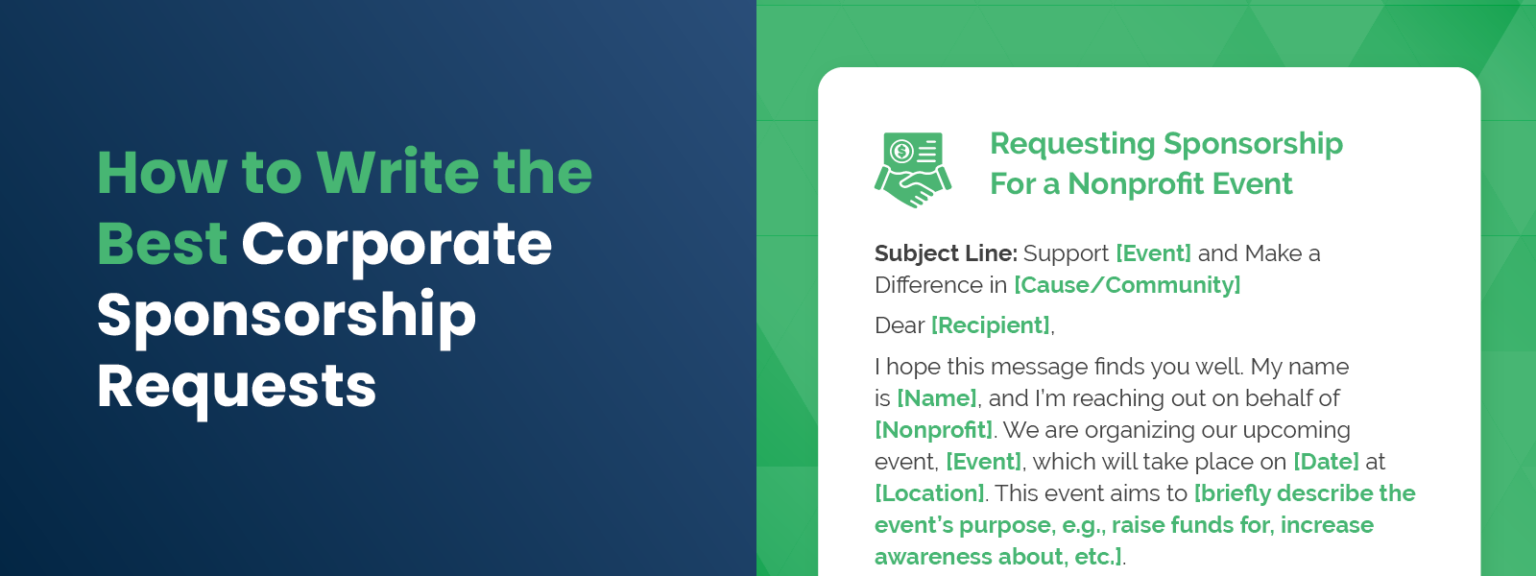
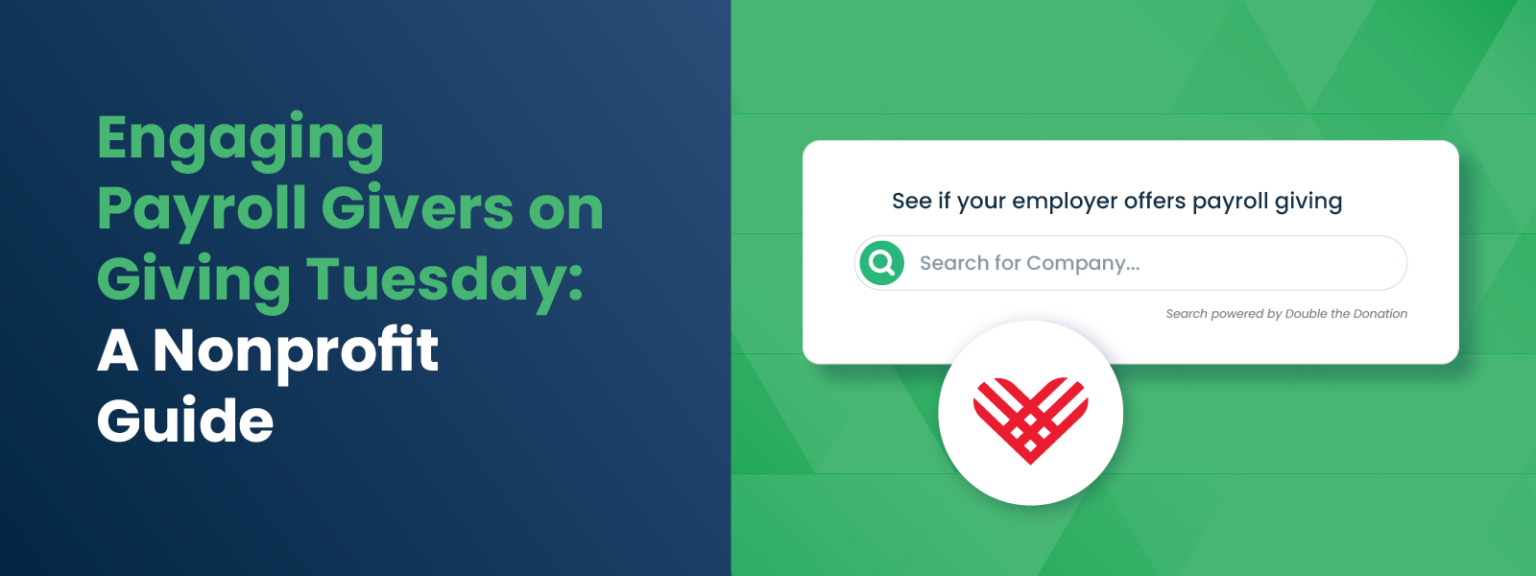
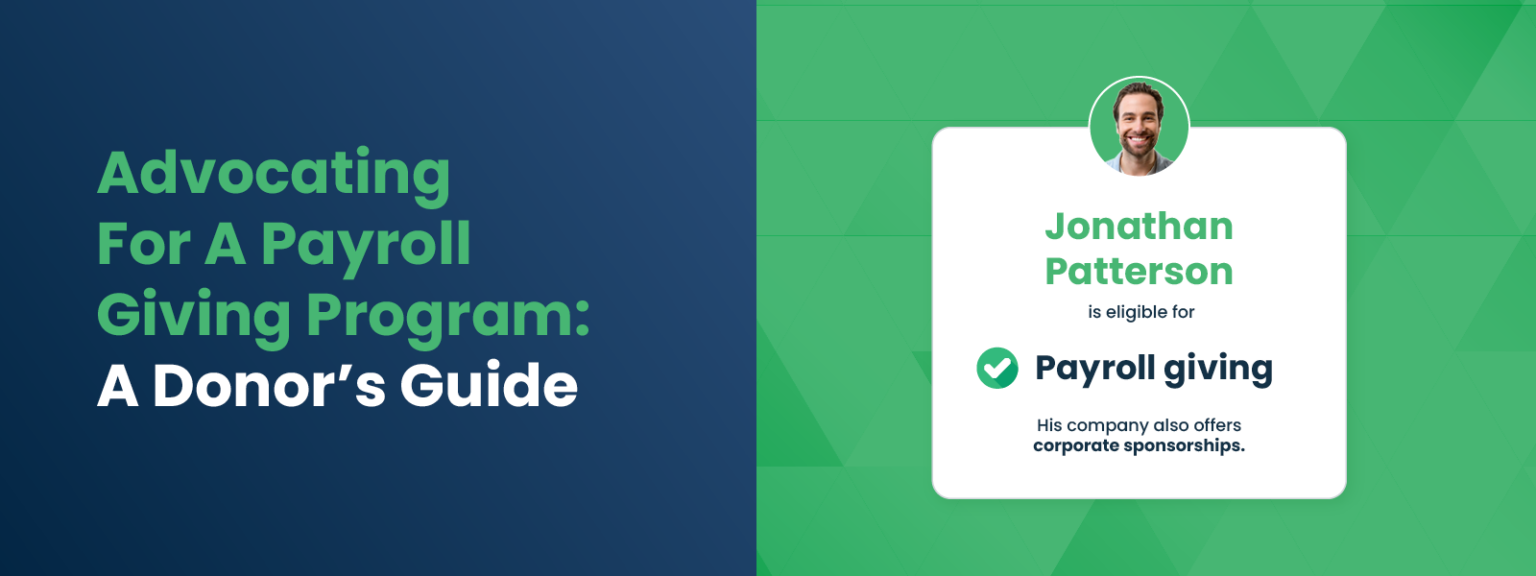

![Why and How to Reach Out to Payroll Giving Donors [A Guide]](https://doublethedonation.com/wp-content/uploads/2025/06/DTD_Why-and-How-to-Reach-Out-to-Payroll-Giving-Donors-A-Guide_Feature-1536x576.png)
